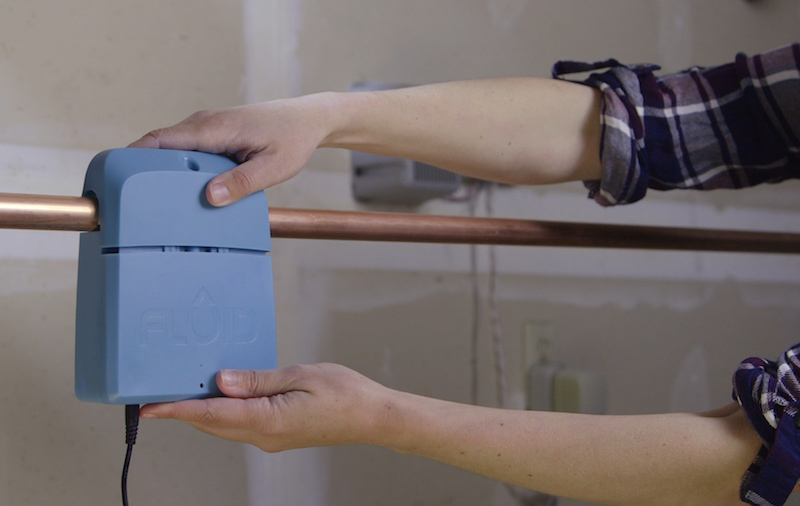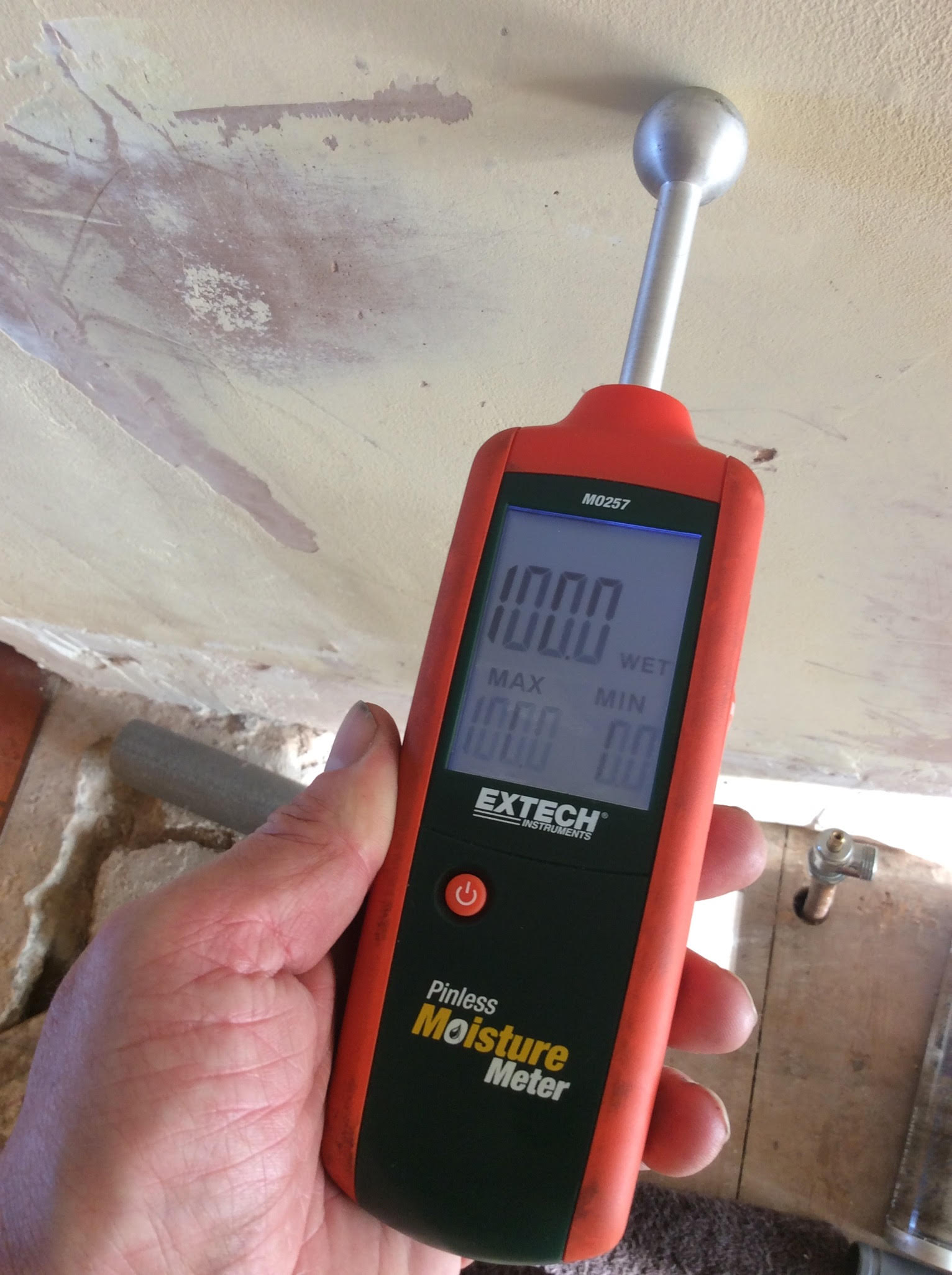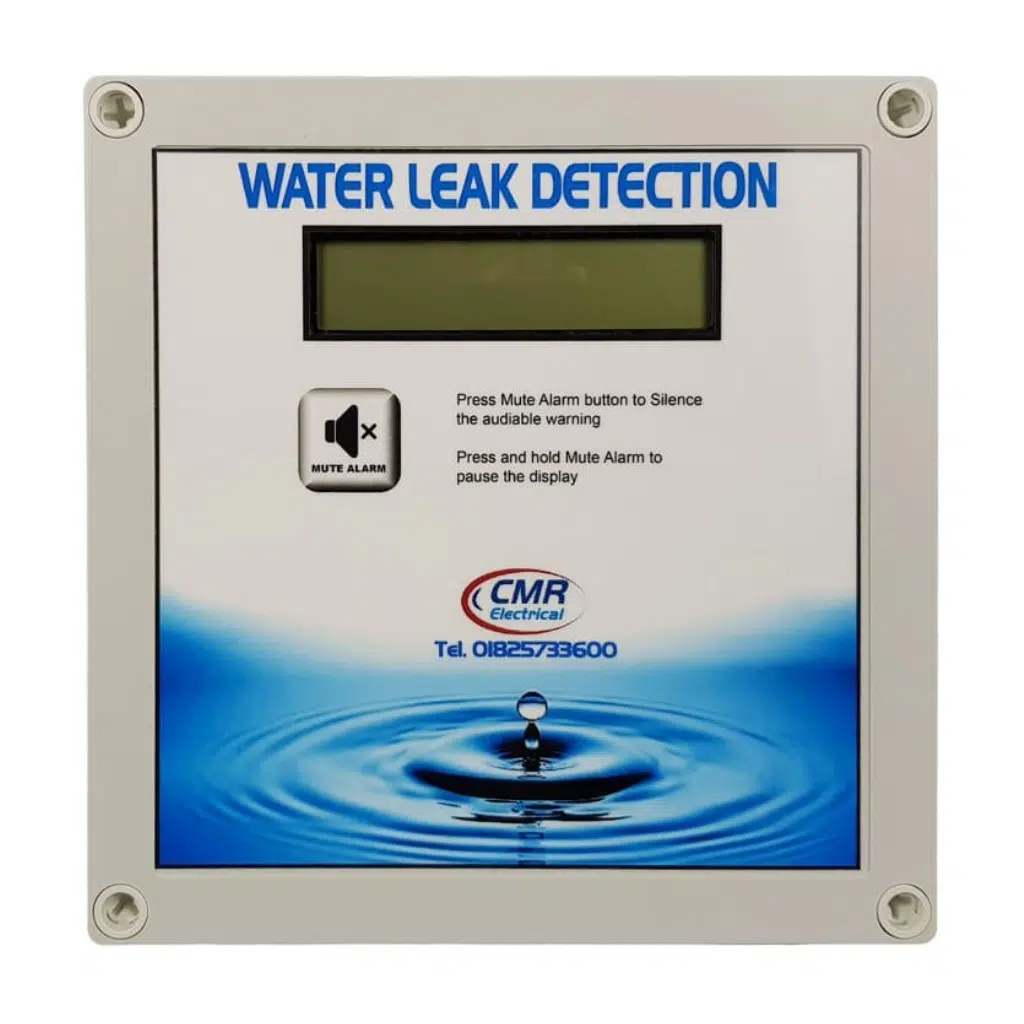Specialist Water Leak Detection Solutions: Safeguard Your Home from Costly Damages
Specialist Water Leak Detection Solutions: Safeguard Your Home from Costly Damages
Blog Article
Innovative Solutions for Early Detection of Water Leakages in Buildings and Framework
As the honesty of buildings and framework is vital, the difficulty of very early discovery of water leakages has stimulated innovative options that guarantee to reinvent the method we protect versus potential problems. From cutting-edge leakage discovery technologies to the release of IoT sensing units for real-time tracking, the landscape of leakage prevention is advancing quickly. Device understanding formulas use a glimpse right into the future of leak prediction, while thermal imaging presents a non-intrusive technique for identifying surprise leaks. Automated water flow analysis systems are reshaping just how leakages are recognized and attended to, leading the way for a proactive technique to water leakage detection. Each of these solutions holds the vital to guaranteeing the integrity and longevity of our constructed atmosphere, prompting a change towards an extra sustainable and effective future.
Advanced Leak Discovery Technologies
Advanced leak detection technologies, equipped with advanced sensors and formulas, play a crucial duty in promptly recognizing and determining water leakages in various setups. These technologies utilize a combination of acoustic, thermal, and electromagnetic noticing techniques to spot leakages properly. Acoustic sensing units detect the sound of escaping water, enabling for specific localization of the leakage resource. Thermal imaging discovers temperature level adjustments brought on by water leak, supplying an additional reliable technique for leak identification. Electromagnetic sensing units can determine changes in electro-magnetic fields brought on by water, using yet an additional layer of leak detection ability.

IoT Sensors for Real-Time Surveillance
In the realm of modern-day water leakage discovery, the combination of IoT sensing units for real-time monitoring represents a critical improvement in boosting aggressive leakage detection capabilities. These sensing units offer continuous surveillance of water systems, supplying real-time data on water flow rates, pressure variations, and temperature adjustments. By leveraging IoT innovation, these sensors can spot also the tiniest abnormalities in water usage patterns, making it possible for very early recognition of possible leaks before they intensify into significant problems.
IoT sensors transfer information to a centralized system, where sophisticated formulas assess the details and create signals or notices when abnormalities are spotted. This real-time surveillance capability allows homeowner or center supervisors to quickly deal with leakages, reducing water damage, lowering repair service prices, and saving water resources.
Additionally, IoT sensing units can be incorporated with building administration systems, permitting automated actions to discovered leaks, such as shutting off water valves or activating pumps to minimize the influence of leakages. Generally, the implementation of IoT sensing units for real-time tracking dramatically boosts the performance and effectiveness of water leak discovery in structures and infrastructure.
Artificial Intelligence Algorithms for Leakage Prediction

One trick benefit of using artificial intelligence for leak forecast is its capacity to continuously discover and enhance its precision in time. As even more data is accumulated and fed right into the formula, it can improve its forecasts and adjust to transforming conditions, eventually raising the reliability of leak detection systems.
Additionally, machine learning formulas can aid in recognizing subtle signs of leakages that may go undetected by traditional surveillance approaches. water leak detection. By examining intricate information sets in real-time, these algorithms can provide early cautions and signals, permitting prompt intervention and preventive upkeep to alleviate prospective water damages and associated costs
Making Use Of Thermal Imaging for Leak Discovery
Thermal imaging innovation provides a promising strategy for discovering water leakages in numerous systems and frameworks. By making use of infrared radiation and temperature variances, thermal imaging cameras can recognize surprise leaks that are not conveniently noticeable to the naked eye.
Among the key advantages of thermal imaging for leak detection is its non-intrusive nature. Unlike conventional methods that might need damaging into wall surfaces or floors to situate leakages, thermal imaging enables for non-destructive testing. This not only saves time and decreases prices yet additionally minimizes disturbance to the structure or facilities being evaluated. Furthermore, thermal my company imaging can swiftly check large locations, providing a detailed introduction of possible leakage sources in a prompt fashion. In general, using thermal imaging technology enhances the effectiveness and precision of water leak discovery, making it a beneficial tool for keeping the honesty of structures and facilities.
Automated Water Circulation Evaluation Solutions
How can automated water circulation analysis systems revolutionize the discovery and management of leaks in various systems and infrastructures? Automated water flow evaluation systems supply an aggressive approach to leak discovery by constantly keeping track of water flow prices and patterns. By establishing baseline data, these systems can promptly recognize variances that might suggest a leakage, allowing punctual treatment to avoid extensive damages.
These systems use advanced formulas to evaluate real-time data and give immediate signals when abnormalities are found, enabling speedy activity to be taken. Furthermore, automated water flow analysis systems can be incorporated with building monitoring systems or IoT systems, improving overall efficiency and enabling remote tracking capacities.
In addition, the data gathered by these systems can be utilized for predictive maintenance functions, aiding to identify possible weak factors in the facilities prior to leaks take place. Overall, the execution of automatic water circulation analysis systems can significantly improve leakage detection and monitoring techniques, eventually bring about set you back savings, decreased water wastage, and boosted sustainability in structures and facilities.

Conclusion
In conclusion, the assimilation of sophisticated leak discovery technologies, IoT sensing units, machine knowing formulas, go to my blog thermal imaging, and computerized water flow analysis systems uses cutting-edge solutions for very early discovery of water leakages in structures and infrastructure. These modern technologies make it possible for real-time tracking, prediction of leaks, and efficient detection techniques to protect against water damages and wastefulness. Carrying out these options can assist in keeping the honesty and sustainability of water supply in various setups.
Report this page